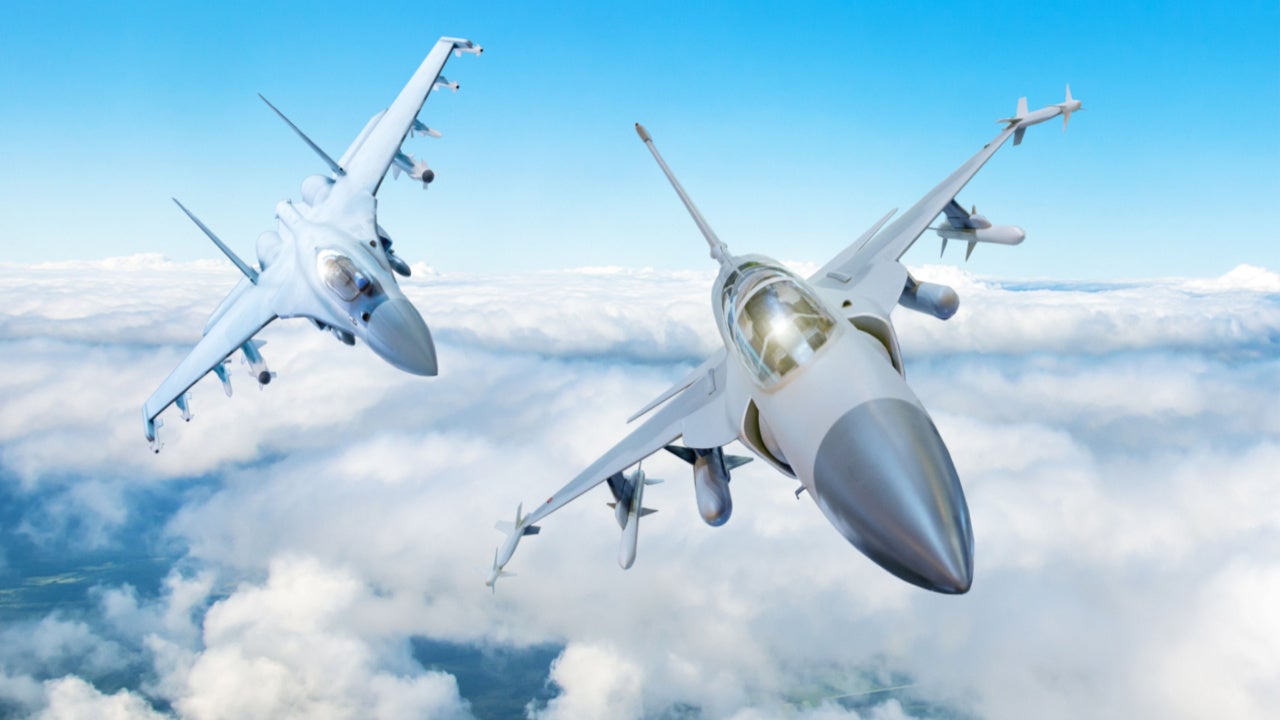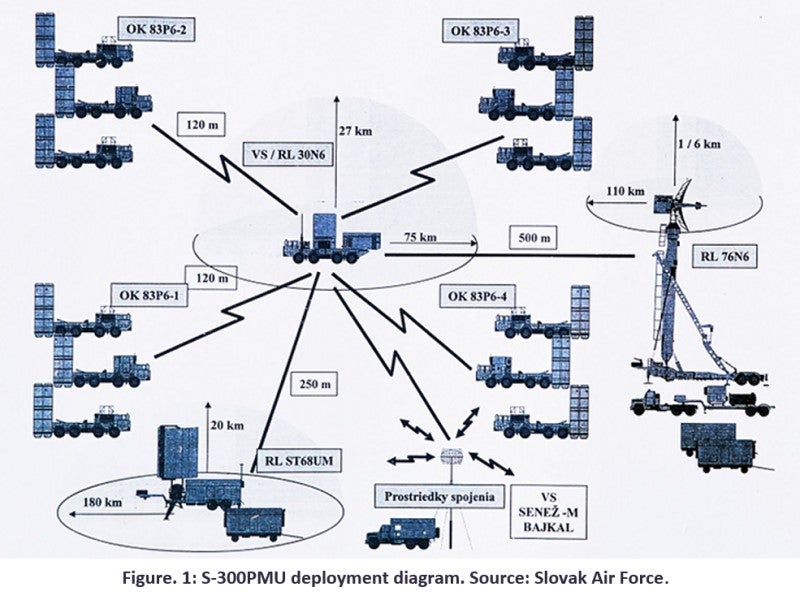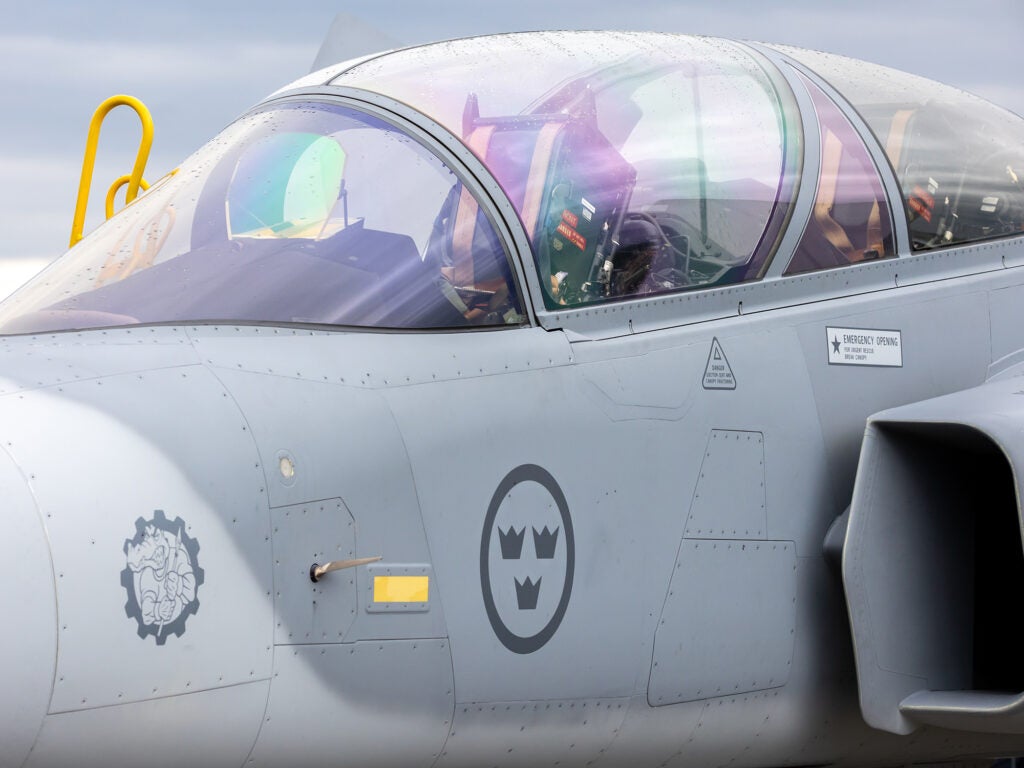
Listed below are the key technology trends impacting environmental, social, and governance (ESG) performance in the aerospace, defence, and security (ADS) sector, as identified by GlobalData.
While aerospace remains behind other forms of transportation with regards to emission standards, it is evolving rapidly with a view towards meeting the 2028 ICAO standard. All major primes are now developing alternatively powered aircraft.
Sustainable aviation fuels (SAF)
A new generation of SAF is being made from recycled materials like cooking oil or biowaste. In comparison to fossil fuels, these sustainable fuels can reduce CO2 emissions by 80%. Forestry or agricultural wastes and residues are part of SAF production, alongside municipal solid wastes (MSW) or algae.
Hybrid-electric
Hybrid-electric propulsion refers to a propulsion system that combines conventional jet engines and electrical engines. The electric engines provide extra thrust on take-off; when cruising, the electric engines are turned off and conventional engines power cruising flight.
The advantages of a hybrid-electric propulsion system include more fuel-efficient and environmentally friendly flights. This is achieved by either saving fuel during short high thrust sections of flight (such as during take-off, where power is supplied by the battery) or through using the battery during long, low-thrust cruising sections of flight. Several western nations are trialling hybrid combat vehicles.
More electric aircraft (MEA)
Electrical systems have manifested themselves in two distinct categories in the aerospace industry: more electric aircraft (MEA) and electric propulsion. MEA refers to the trend found in commercial and defence aircraft in which more systems are electronically operated, replacing hydraulic, mechanical, or pneumatic systems.
This is an edited extract from the ESG (Environmental, Social, and Governance) Top Trends by Sector – Thematic Research report produced by GlobalData Thematic Research.




